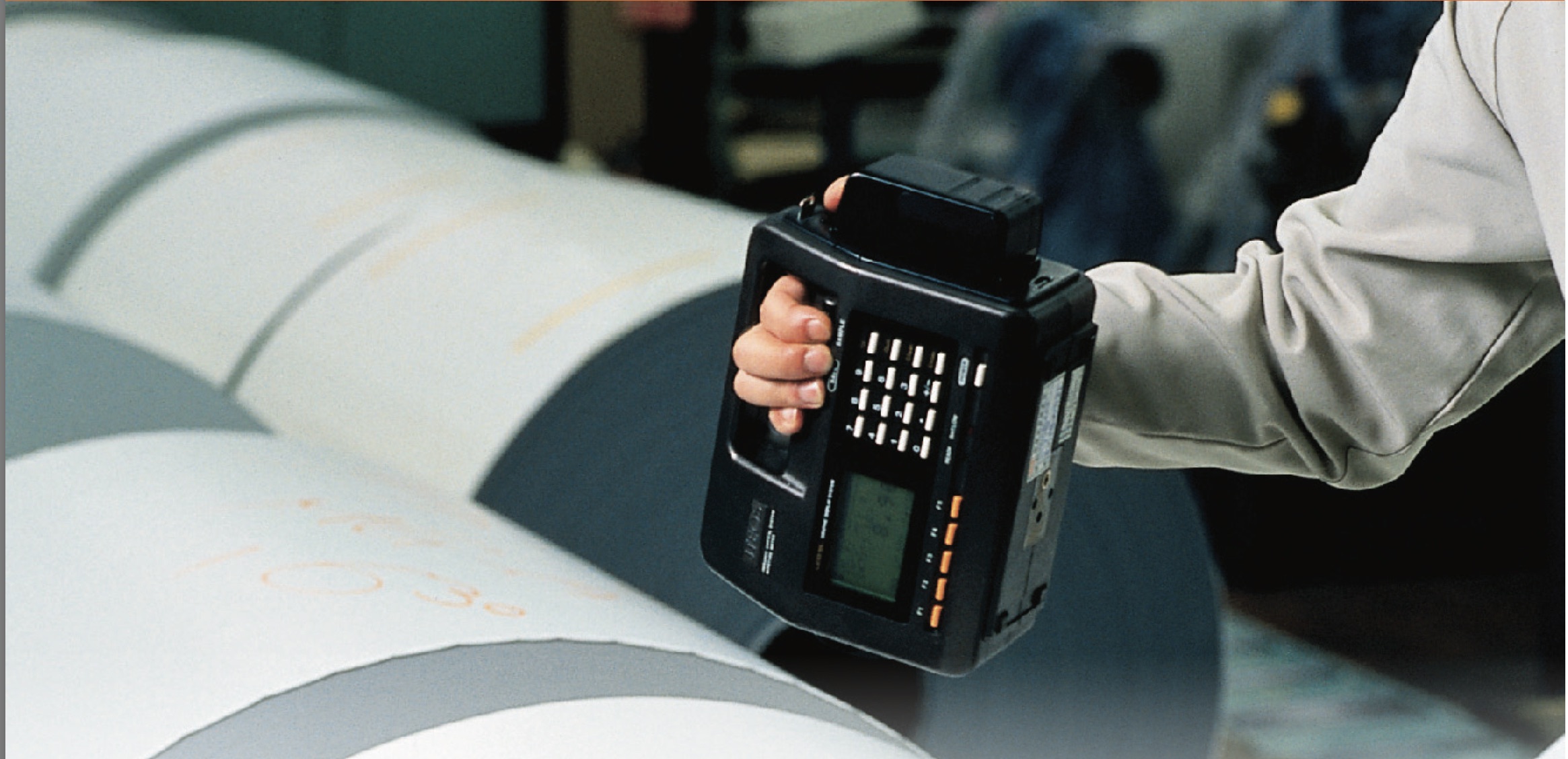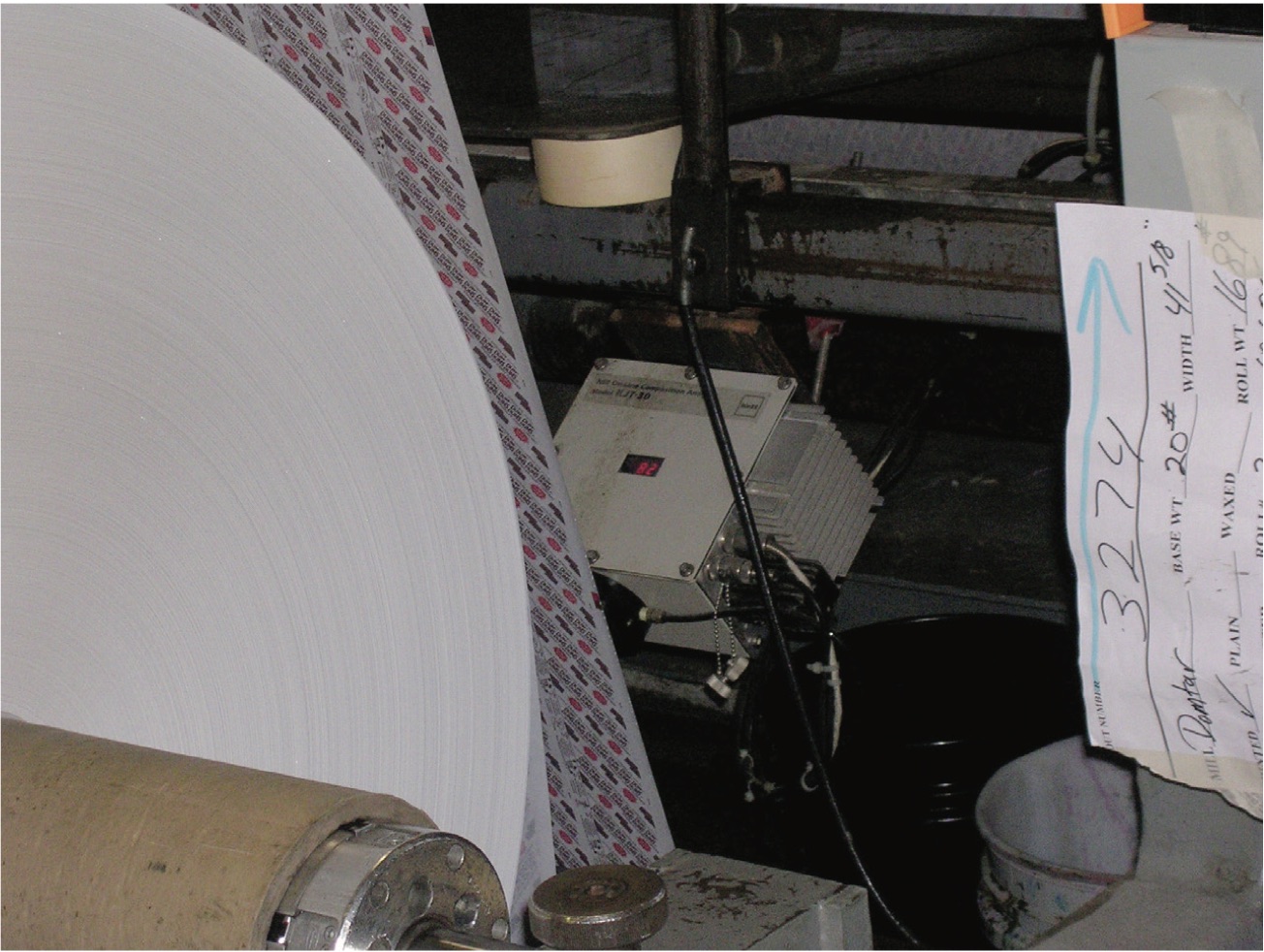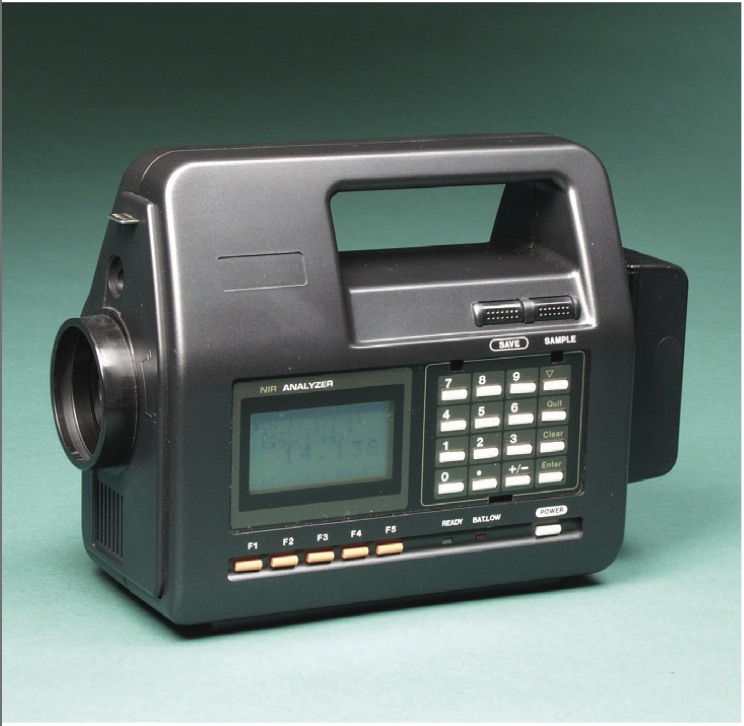Three Ways the Pulp and Paper Industry Can Benefit from NIR Technology
- Published: September 06, 2022
Instant Near Infrared (NIR) moisture measurement facilitates more efficient labor, higher quality and better pricing on inputs, product and shipping
Instant Near Infrared (NIR) moisture measurement facilitates more efficient labor, higher quality and better pricing on inputs, product and shipping
By John Bogart, Managing Director, Kett US
For the pulp and paper industry, measuring and controlling moisture content is critical to ensure product quality and efficient production since the amount of moisture in deliverables can have diverse effects when converting feedstock into products. Moisture content can impact product quality, production throughput and processing efficiency, as well as the purchase price of wood chips, pulp and converted paper products, not to mention shipping costs.
Compared to traditional moisture measurement methods such as Karl Fischer (KF) or Loss On Drying (LOD), an advanced technology utilizing NIR measurement offers significant benefits. Today, NIR moisture meters can help pulp and paper producers and converters achieve substantial production labor savings and superior product quality, while optimizing raw input purchase price, end product sales price and shipping cost.

The Advantages of NIR Technology
NIR measurement uses reflectance and absorbance principles for calculating the moisture content of an item. The meter bounces a beam of light off the product and in some cases transmits light through the sample. The light is filtered to a wavelength or multiple wavelengths that excite the moisture molecules.
The higher the moisture content, the higher the amount of light absorbed. The instrument measures the light reflected, and an algorithm determines the light absorbed by the sample. The moisture meters enable very accurate measurement of solids, pastes and liquids without contact or sample preparation, so there is no contamination in handheld and online models.

Pulp and paper producers can benefit from NIR technology in three notable ways:
- More Efficient Personnel and Production
If a pulp and paper producer or converter uses the KF or LOD method for determining moisture, considerable personnel time is tied up conducting these tests.
The KF test involves adding chemical reagents to the sample to separate the water from the remaining product. The water removed is compared with the initial mass or volume. Since chemical reagents are used, skilled personnel must determine the initial parameters, confirm the system is properly calibrated, maintained and may conduct the tests.
The LOD test, which measures the total material weight change after drying, typically requires a sample to be prepared and brought to a lab. The test takes at least 15 minutes to several hours to perform and requires the sample to be altered or destroyed.
In contrast, NIR technology enables the user to get the accurate measurement results needed instantly and is simple enough for virtually anyone to use with minimal training. Generally, only 7-10 samples are needed for a valid calibration, and once calibrated the moisture level in a product is determined immediately.
As an example, with a hand-held portable instant moisture meter, the user simply points the instrument at the product and the moisture content is instantly shown on a digital display, with results accurate to .01 percent in a 0-100 percent measurement range.
For ease of use, the unit is operated via user friendly menu commands that any worker can operate. The unit, which is the size of a camcorder, is designed for frequent spot checks wherever necessary, on both stationary and moving (process line) products. Moisture measurement data may be stored in the instrument, downloaded continuously or manually recorded.

- Improved Quality Control
Quality can be compromised if pulp and paper producers do not have the correct amount of moisture in their product. This can result in either product loss or reduced shelf life. Just as important, it can also result in unhappy customers who could forgo future purchases and even share their displeasure on social media.
Fortunately, the speed and accuracy with which pulp and paper producers can obtain results from NIR technology will enable them to conduct more tests within a given time period. Because facilities can conduct more tests and at a higher frequency, production managers will achieve tighter control of their product quality.
Since no direct contact or sample alteration is required with NIR moisture meters, particle size variation and unusual textures are not an issue. This can be important when used with a range of feedstocks, formulations or end products in different settings.
The versatility of this technology means the pulp and paper industry can achieve accurate moisture measurements when needed, whether on the process line, in the lab or in the field.
All of this equates to faster test results and feedback. The approach enables managers to ensure high quality at all levels of production.
Because the process is non-destructive, samples also remain unaltered so they can be used for additional tests or, if removed for a desktop test, may be returned into the product stream.
- Optimized Buy/Sell Transactions and Shipping Cost
When moisture level is a factor in the purchase price of raw inputs or the end product sales price, accurate moisture measurement and adjustment can help to secure the best deal. For instance, if purchasing raw inputs with high moisture content, negotiating a discount might be possible in some circumstances. If selling a product by weight, moisture content could be kept within acceptable limits, but modified to secure the best price.
Having the incorrect amount of moisture in a product can also reduce profit by increasing the cost of shipping. With extra moisture in the product the total shipment will be heavier, resulting in higher shipping costs. Properly drying a substance to acceptable limits before it is transported can substantially reduce shipping costs.
Although pulp and paper producers are more familiar with traditional moisture measurement methods like KF and LOD, the availability of advanced NIR technology is presenting an opportunity to the industry.
By taking advantage of the speed, accuracy, versatility and ease of NIR moisture meters, the pulp and paper industry can dramatically improve production, quality and profit.
For this reason, NIR technology for moisture measurement is growing in popularity across many industries including pulp/paper, chemical, pharmaceutical, food and textile.
About the Author
John Bogart is an expert in moisture and composition analysis at Kett US, www.kett.com, a manufacturer of a full range of moisture and organic composition analyzers.



